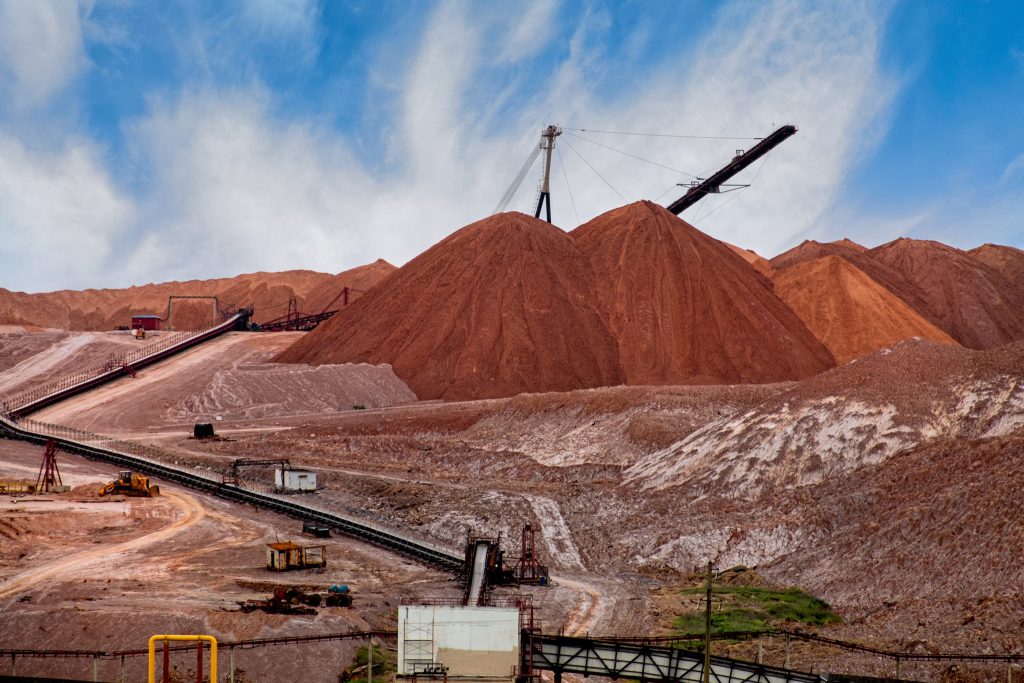Here’s a professional, technical-style article on Iron Ore Concentrate Filter Bags, written to avoid AI-style language and conclusions, structured like industry documentation and focusing on what end users in the mining and mineral processing sectors would expect.
Iron ore concentrate production involves crushing, grinding, magnetic separation, and thickening, followed by filtration to reduce moisture before pelletizing or shipment. During filtration, slurry containing fine iron ore particles and water passes through a filtration medium designed to retain solids while allowing filtrate water to pass. The choice of filter bag plays a critical role in achieving target moisture levels, maintaining throughput, and preventing excessive downtime.

Iron ore concentrate slurry is abrasive and dense, typically with high solids content (60–70% by weight) and particle sizes often below 50 microns. The slurry may be slightly acidic or alkaline depending on the beneficiation chemicals used. Filtration equipment in this application must withstand:
These conditions require filter bags with excellent mechanical strength, abrasion resistance, and dimensional stability.
The most common filter bag media for iron ore concentrate filtration are:
All materials should be woven or felted to achieve a balance between fine particle retention and rapid filtrate flow. Special surface treatments can be applied to reduce blinding and improve cake discharge.
Filter bag specifications for iron ore concentrate applications often include:
| Parameter | Typical Range |
|---|---|
| Media Material | Polypropylene, Polyester, Aramid |
| Micron Rating | 1–50 μm |
| Fabric Weight | 350–900 g/m² |
| Operating Temperature | PP: ≤ 90 °C, PE: ≤ 130 °C, Aramid: ≤ 200 °C |
| pH Range | PP: 1–14, PE: 4–12, Aramid: 3–11 |
| Seam Type | Double-stitched or welded |
| Collar Type | Snap ring, steel ring, or sewn band |
| Surface Treatment | Calendered, singed, PTFE-coated |
Regular inspection for abrasion wear, seam integrity, and blinding is essential in iron ore concentrate operations. Proper cleaning—mechanical shaking, reverse air, or chemical wash—extends service life and maintains filtration efficiency. Correct alignment and tensioning in the filtration equipment prevent uneven wear and leakage.
Understanding the Risk: Dust Explosion Fundamentals Dust explosions represent one of the most serious safety hazards in industrial
Introduction Efficient particulate collection is central to modern industrial air pollution control, making the baghouse a familia
By Omela Filtration — Industrial Filtration Experts 1. Industry Background and the Real Problem In pulse-jet dust collector syst